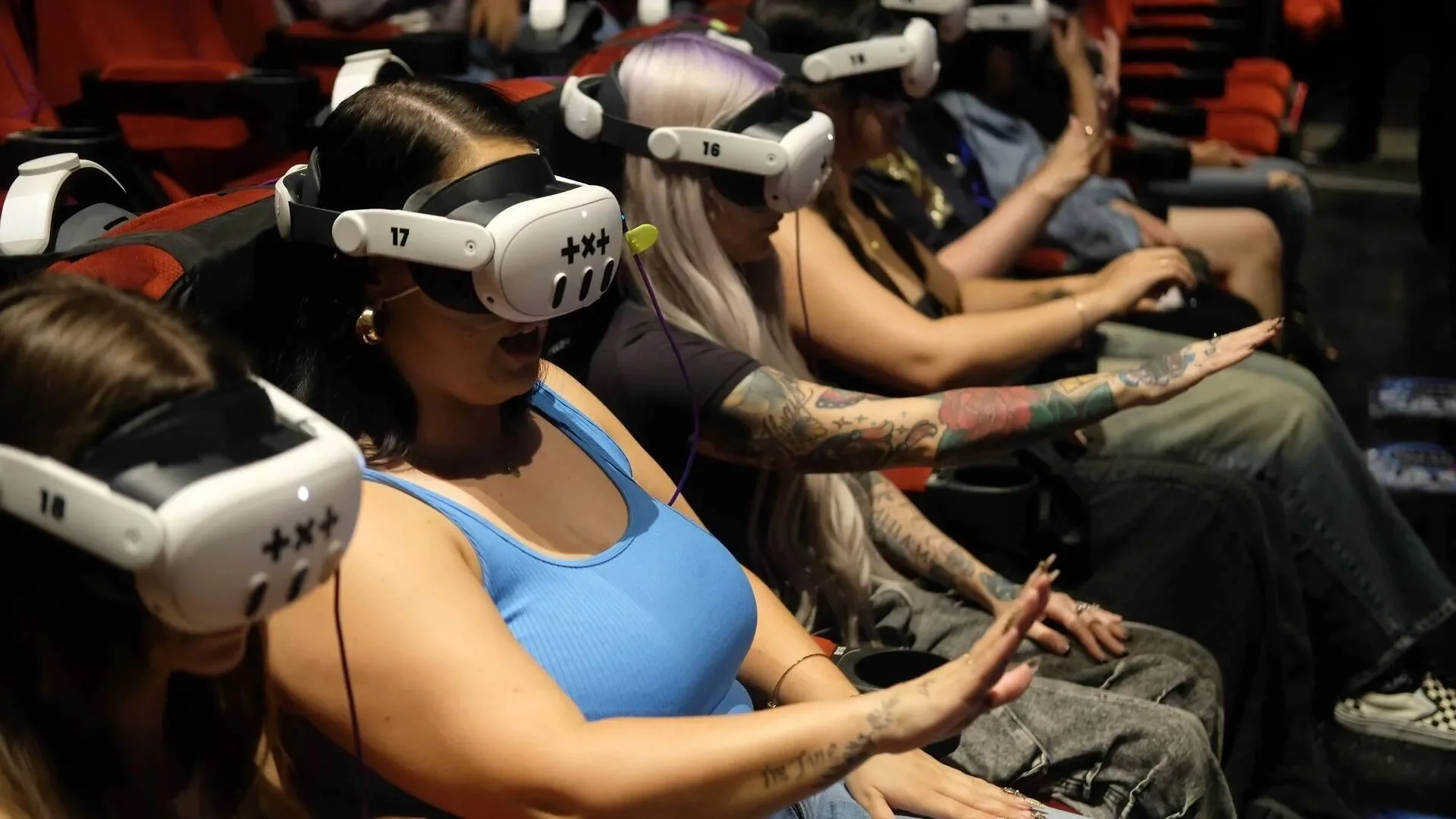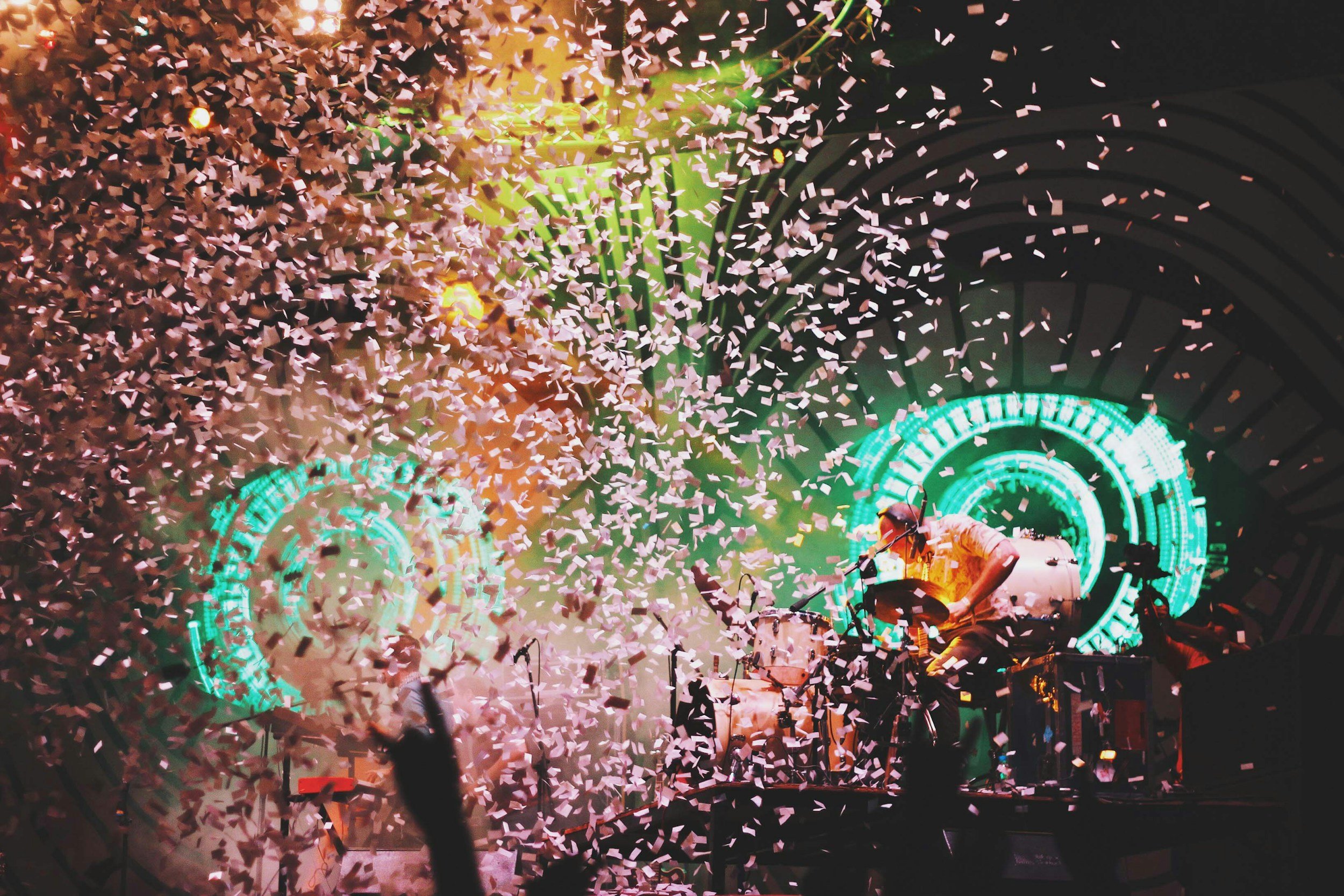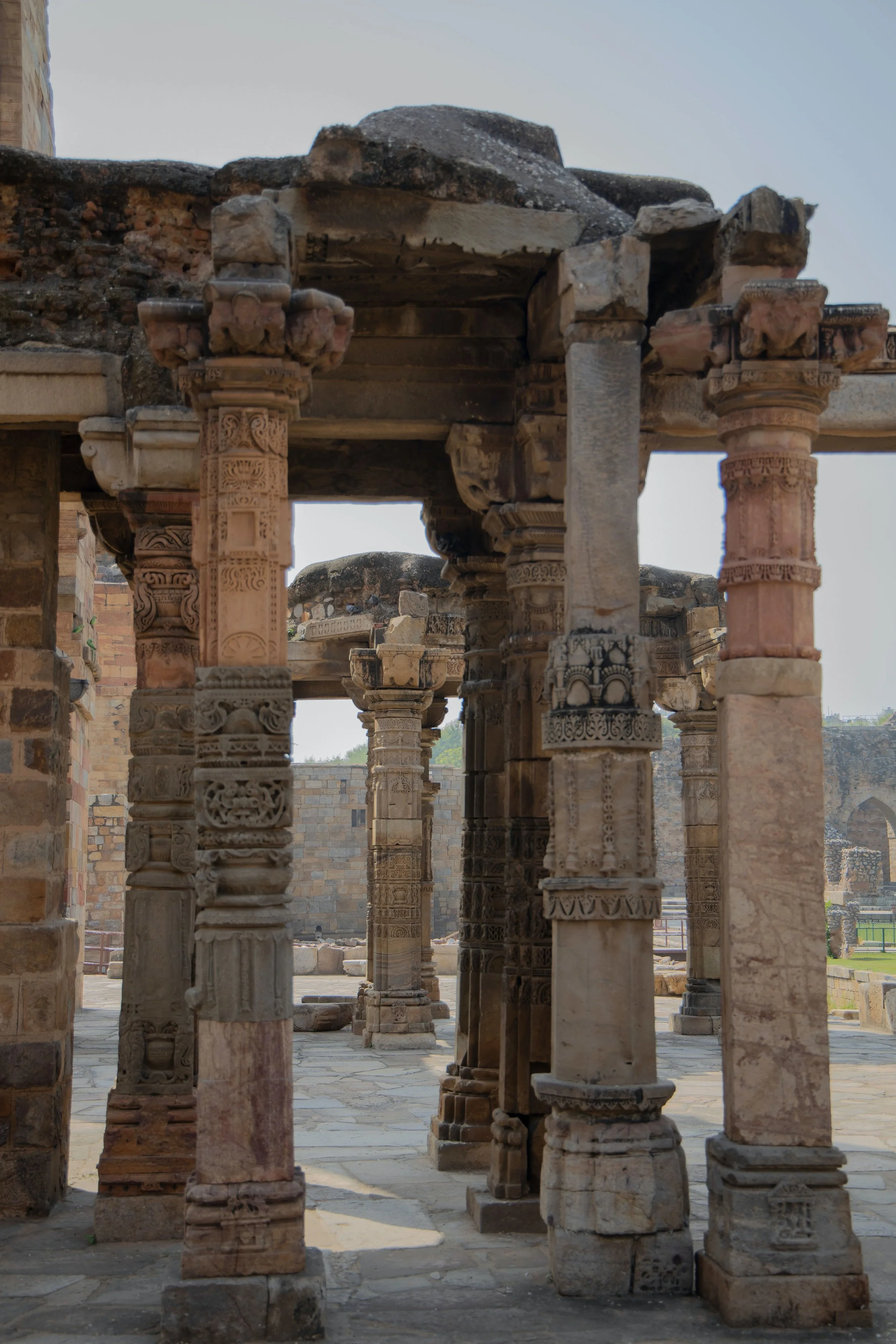Since the pandemic, the VR concert industry has slowly become more mainstream as worldwide superstars like Megan Thee Stallion, Sabrina Carpenter and TOMORROW X TOGETHER adopt and utilize immersive realities. This article explores what music fans want, available VR concert formats, common technical limitations, and the experiential differences between in-person and VR concerts — questions labels and artists must consider before investing resources and funds into creating VR content.
Advertising Monopolies, AI Policy, and Pirating Issues
This spring, we saw major movements in the legal landscape of digital advertising. Between Google being ruled as an advertising monopolist and Mark Zuckerberg’s war on creative materials, digital advertising is gearing up for change. Read on for more information, including pirating issues, new ambitions for VR movies, and increased access to AI image generation.
Consumer Habits and Wants in AR, VR and the Metaverse
Researchers conducted surveys and industry expert interviews to understand current and future consumer demand for AR, VR and Metaverse entertainment options. The survey indicated that consumers were most interested in using AR and VR to enhance experiences in concerts, educational content, and gaming. Respondents also indicated that they were interested in joining the metaverse to participate in social experiences and to attend live music events. The research unveiled generational differences, emerging opportunities, and trends to follow to best meet consumer demands.
An Exploration of VR Success Factors in the Museum Field
VR exhibitions have been on the rise for the past decade and are a continuous hot topic. Many metrics can be measured and leveraged when it comes to the evaluation of a museum’s exhibition. However, when it comes to leveraging a VR exhibition in a physical museum, what metrics are currently being assessed and valued in the museum field? What are the factors that make or break a VR exhibition? These are the questions that this article aims to address and explore.
VR and the Evolving Role of Curators and Museum Professionals
In recent years, virtual reality (VR) has emerged as an engaging tool for museums, offering visitors immersive and interactive experiences that go beyond traditional exhibits. However, while VR promises enriched engagement, museum professionals still face multifaceted challenges. So far, most of the research conducted has focused on how museums utilize VR to attract more visitors and, as a result, raise their revenue. But VR is not only about that. Museum professionals and curators face multiple challenges that include integrating technology, curating content, and maintaining the authenticity and educational value of exhibits while meeting the demands of modern-day audiences.
The Intersection of Equity & XR in Museums
XR is an exciting venture for museums for a variety of reasons ranging from stretching the limits of exhibition possibilities to expanding access and elevating the transfer of knowledge to an interactive, long-lasting experience. But how can museums thoughtfully incorporate XR into their programming, aligned with the sector’s increasing awareness and incorporation of equity goals?
January News: Ethics, Entertainment, & Sustainability
Emerging tech is growing in leaps and bounds in the first month of 2024, with headline advances in AI, cryptocurrency, and VR. Conversation around AI ethics continues, and young advocates take the lead in promoting a positive AI future. Meanwhile, Apple Vision Pro launches for pre-sale, partnering with entertainment leaders like Amazon Prime and Disney+ to spark demand for the product. For those interested in cryptocurrency and blockchain, the SEC approved bitcoin ETFs, and more than $4 billion was exchanged on the first day of trading. Additionally, privacy concerns push Google Chrome to phase out third-party cookies by the end of 2024, though advertisers worry about Chrome's hold on the market. And, while blockchain is known for being less-than sustainable, Artists are considering the environmental impact of their work, and exploring regenerative materials in their practice - from fine art to set design.
Evolving Applications of AI and VR in Art Conservation, Preservation, and Reconstruction
The field of art conservation has long been a community of highly specialized and skilled professionals, often whom have dedicated hundreds of hours to understanding meticulous processes and materials. They are entrusted by institutions and the public to preserve and protect pieces of culture and history- works which often occupy fragile and delicate states for the remainder of their existence. Many of these pieces have lived long periods of time, having witnessed conflict, cultural changes, and geopolitical events over the course of history.
2022 Top 10 Articles
Every year we review our analytics to highlight what you, our readers, have found the most compelling. In 12 short months, we have witnessed waves of new technology erupt onto the marketplace, like OpenAI’s Dall-e, and others tumble into chaos, most notably cryptocurrency. The top 10 show how YOU have followed the change.
The Key Role of VR in Preserving Cultural Heritage
Virtual reality (VR) has quickly become a mainstay for exhibiting arts and cultural organizations. When looking at it as a concept, “VR has the potential to simulate imaginative and existing physical environments along with their processes. The simulations can be tuned to a highest level of multisensorial realism in order to affect users' visual, auditory, tactile, vestibular, and even olfactory and gustatory senses.” But what does it mean to museums and cultural organizations, and how can it help the arts?
Maximizing Concert Experiences Through AR & VR
The application of Virtual and Augmented reality in music has been around for a while. From collaborative creation and interactive music videos to its incorporation in art museums, it seems as if the arts industry is competing with itself to enhance the audience experience. As concerts are a highly user-oriented experience, these technologies have started gaining more traction in the live music space. The demand for interactive and immersive experiences has called for innovative models to be incorporated within music. Thus, the application of such models is added to the concert experience with the implementation of VR and AR technologies to help maximize its interactivity.
Using VR & AR in Live Music
Virtual Reality technology puts the user in a computer-generated environment, allowing them to interact with simulated elements via a headset. On the other hand, Augmented reality incorporates elements that are generated, be it visual, audio, or other sensory elements into the real world via technology. AR technology lets the user position his or her smartphone to a point in the physical world and bring it to life by adding virtual components via this technology.
VR and Cultural Heritage Recreation
As museums and heritage attractions are restricted by distancing and capacity rule during the COVID-19 pandemic, digital strategies undoubtedly gather more interest than ever before. Virtual Reality (VR) has been put to use in the cultural sector a way to deliver exciting and immersive exhibitions. The communication between archaeologists and technicians is critical for the accuracy of the VR reconstruction and museums should work closely with their technology team and emphasize their obligation to public education in these creations. This insures that museums can keep the integrity of cultural heritage exhibits while providing an exciting and immersive educational experience of the past with technology that looks toward the future.
VR, Simulcast & Growing Theatre Audiences: Connecting with Remote Theater Audiences through 360-degree Simulcast
Technologically enhanced theatre experiences can extend beyond the use of cutting edge performance light and sound tech. Today’s technology allows theaters to reach audiences outside of their physical space through livestreaming performances in Virtual Reality (VR) with VR being defined as an artificial environment which is experienced through sensory stimuli (such as sights and sounds) provided by a computer and in which one's actions partially determine what happens in the environment. Furthermore, livestreaming, defined as when a person or organization “transmit[s] or receive live video and audio coverage of (an event) over the Internet” is becoming a routine part of standard social network experience. Livestreaming through VR, while still a relatively new concept, may allow the virtual audience watching the livestream to feel much more present at the performance than ever before and therefore a theater’s potential audience engagement opportunities.
Practical Considerations for Implementing Virtual Reality in Arts Educational Settings
The presence of Virtual Reality (VR) technology in arts education is growing. From museums to live music to healthcare and more, VR is beginning to change how we perceive the arts and learning. After all, this immersive experience has been proven to enhance the learning experience and achieve a higher retention of knowledge, quickly changing the learning environment. This research study investigates the opportunities presented by VR for arts education as well as the practical hurdles that need to be overcome to successfully use VR in K-12 educational settings.
Beyond Livestreaming: Remote Theatre Attendance through Virtual Reality (VR)
Virtual Reality technology is increasingly more sophisticated and powerful, and it’s predicted to fully hit the mainstream within the next year. In the performing arts VR has been adopted slowly, most commonly used for immersive experiences. However, there may be a lost opportunity: institutions can use VR simply to grow audiences.
Never Tried VR? Neither Had Our Writer. What is it Really Like for a First Time User?
If you are creating a VR experience for your institution there is a reasonable chance it will be your guest’s first VR experience. Crafting an experience that is intuitive, has a well designed introduction, and an appropriate time to readjust to the “real” world afterwards can help make their first experience a great one.























